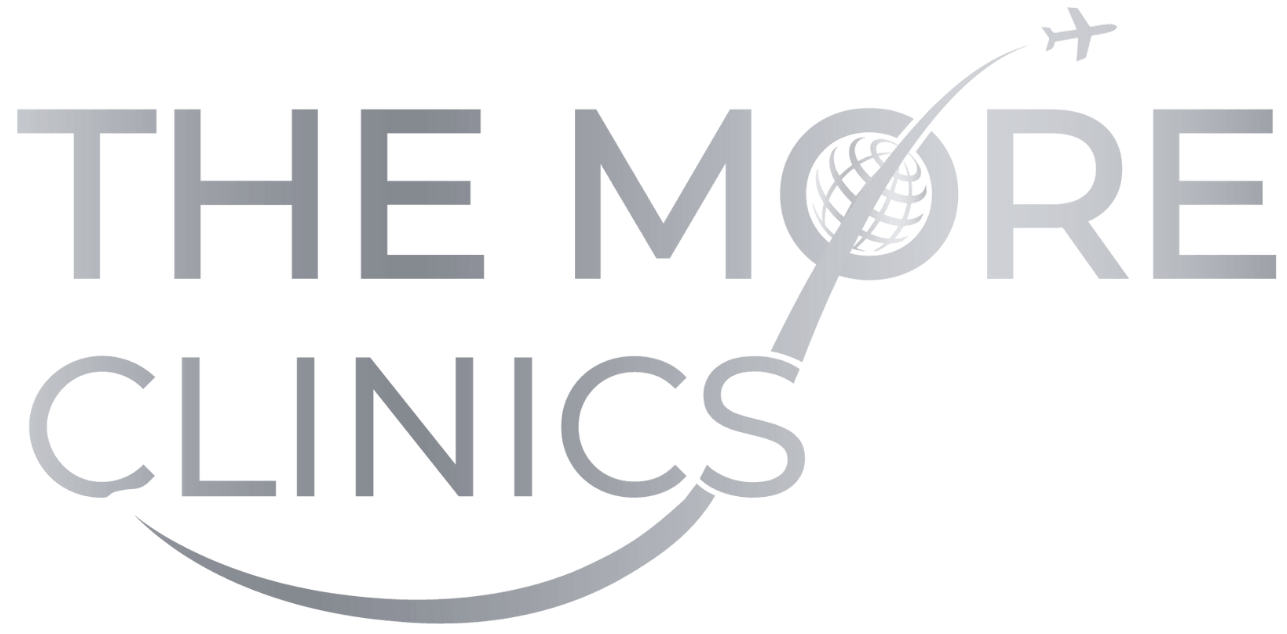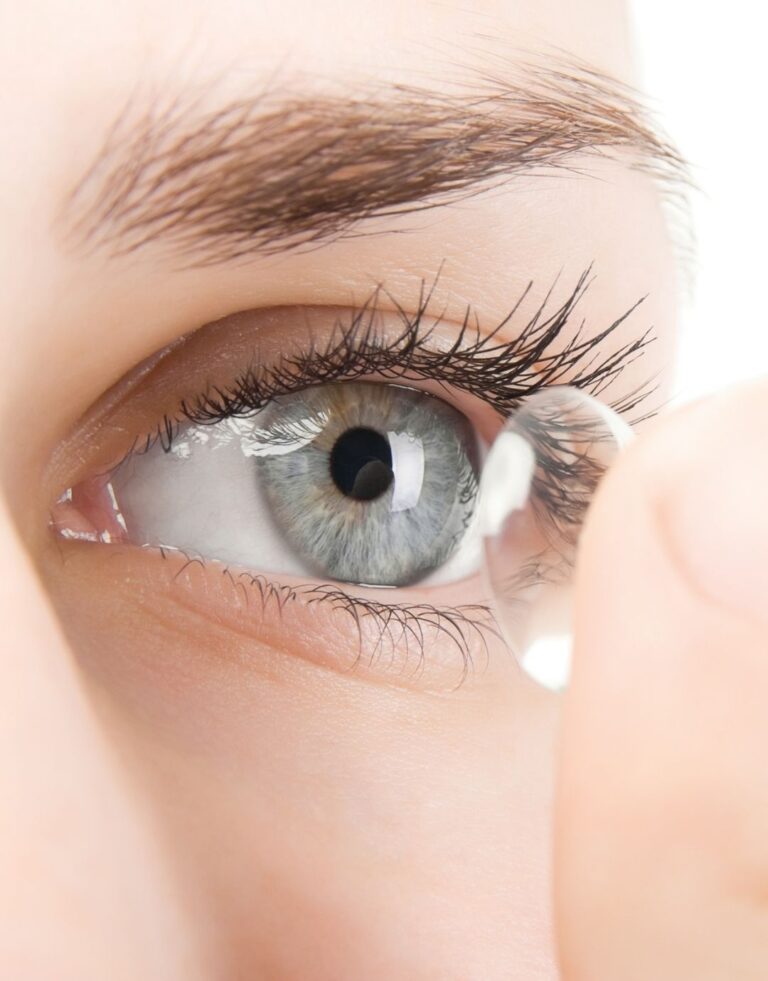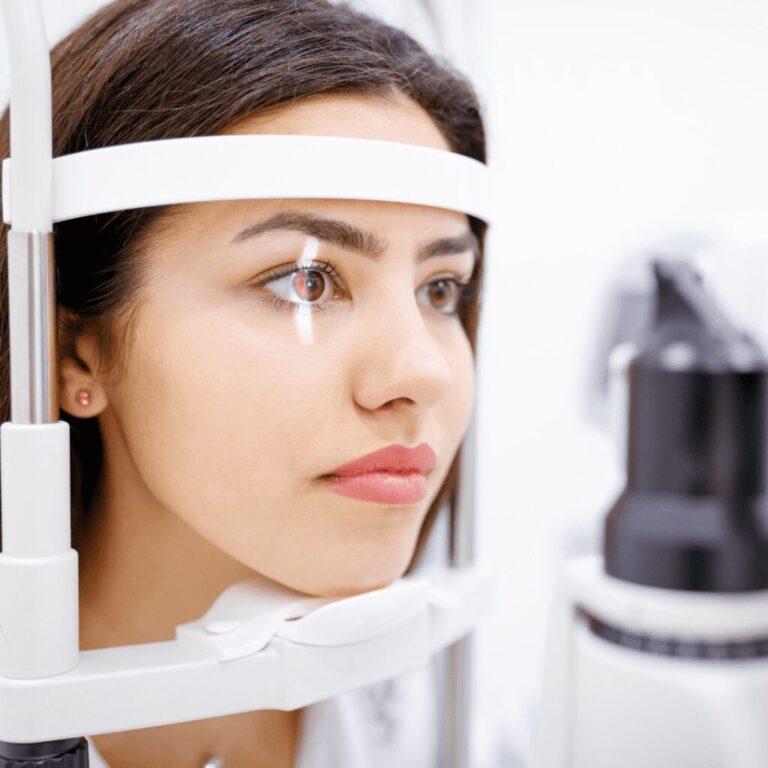Refractive Lens Exchange Surgery
Whether you’re tired of wearing glasses or contacts, or you simply want to improve your vision, Refractive Lens Exchange Surgery (RLE) may be the solution for you. This comprehensive guide will provide you with all the information you need to know about RLE, including its procedures, benefits, risks, and RLe recovery time with tips. We will discuss the refractive lens exhange cost!
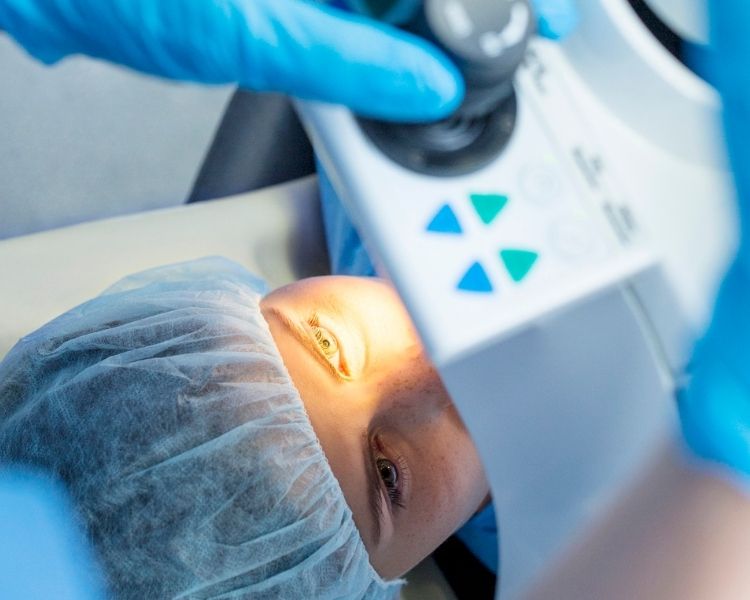
What Is a Refractive Lens Exchange?
Refractive Lens Exchange, also known as lens replacement surgery or clear lens extraction, is a surgical procedure that involves replacing the natural lens of the eye with an artificial intraocular lens. It’s a permanent procedure that eliminates the need for corrective eyewear, offering the possibility of clear, unrestrained vision.
RLE can correct a wide range of vision disorders, such as myopia (nearsightedness), hyperopia (farsightedness), and presbyopia (loss of near vision with age). It’s a viable alternative for individuals who may not be suitable candidates for Laser Eye Surgeries such as LASIK or PRK.
How Does RLE Differ from LASIK or PRK?
RLE differs from other popular laser eye surgeries, such as LASIK and PRK, in that it does not involve reshaping the cornea. Instead, RLE involves removing the natural lens and replacing it with an artificial one to correct vision. RLE is often recommended for individuals who have a high degree of refractive error or are not eligible for other laser eye surgeries.
What is the difference between Refractive Lens Exchange and Cataract Surgery?
Refractive Lens Exchange is often compared to cataract surgery, as both involve replacing the natural lens of the eye with an artificial one.
However, RLE is done for vision correction purposes and is typically performed on individuals who do not have cataracts. Cataract surgery, on the other hand, is primarily performed to remove clouded lenses and improve vision.
Candidates for Refractive Lens Exchange
Ideal candidates for Refractive Lens Exchange surgery are typically:
- Individuals over the age of 40.
- Those who have a significant refractive error.
- Individuals who are not suitable candidates for other corrective surgeries like LASIK or PRK.
- Those experiencing presbyopia or loss of reading vision.
- Individuals who prefer a permanent solution to wearing glasses or contact lenses.
- Those desiring to preemptively address potential cataract issues.

Step-by-Step Procedure
The RLE procedure is an outpatient treatment that typically lasts around 15 minutes per eye. Here, we provide a step-by-step breakdown of the procedure:
Pre-Procedure Exam and Measurements: Prior to the surgery, the ophthalmologist performs a comprehensive eye exam. They’ll measure the shape and size of your eye and calculate the power of the intraocular lens (IOL) that will replace your natural lens.
Anesthesia: On the day of the surgery, numbing drops are applied to your eye to ensure you don’t feel any pain during the procedure. In some cases, a sedative may also be given to help you relax.
Incision: The surgeon makes a micro-incision on the edge of the cornea. The incision is self-sealing, which means no sutures are typically required.
Lens Removal: Using a special ultrasound device, the surgeon breaks up the natural lens into small pieces and gently removes them from the eye. This process is called phacoemulsification.
Lens Implantation: The surgeon then inserts the artificial intraocular lens into the vacant lens capsule in the eye. The IOL unfolds naturally, taking the place of the natural lens.
Post-Procedure Care: The procedure typically takes around 15 minutes per eye, and most patients are able to return home the same day. After the surgery, you’ll be given eye drops to prevent infection and inflammation and to promote healing.
Alternative Options of RLE
While Refractive Lens Exchange (RLE) can be an excellent solution for vision correction, it’s essential to understand that other options are also available. After a comprehensive eye exam conducted by your ophthalmologist, they may suggest several alternative procedures to RLE (Refractive Lens Exchange). These recommendations are based on your individual needs and can provide effective alternatives for vision correction.
LASIK Surgery: LASIK, or Laser-Assisted In Situ Keratomileusis, is a popular type of refractive eye surgery that can correct myopia, hyperopia, and astigmatism. Instead of replacing the eye’s natural lens, LASIK works by reshaping the cornea, allowing light entering the eye to be properly focused onto the retina.
PRK Surgery: PRK, or Photorefractive Keratectomy, also reshapes the cornea using a laser. PRK can be a suitable option for individuals with thinner corneas who may not be eligible for LASIK.
ICL Surgery: ICL, or Implantable Collamer Lens, involves inserting a biocompatible lens in front of the natural lens, without the need for its removal. It’s a reversible procedure, and the ICL can be replaced or removed if necessary. ICL is typically recommended for individuals with severe refractive errors or thin corneas.
Relex Smile: Relex Smile is a minimally invasive laser eye surgery for treating myopia and astigmatism. It involves creating a small incision in the cornea using femtosecond laser technology, which allows for faster healing and less post-operative discomfort.
Remember, the best option for you will depend on various factors such as your age, eye health, lifestyle, and specific visual needs. Always consult with a qualified ophthalmologist to understand the right choice for your vision correction needs.
What Are the Benefits of Rle?
Refractive Lens Exchange (RLE) offers a number of advantages, including:
Permanent Solution: Unlike glasses or contact lenses, RLE offers a permanent solution to refractive errors, potentially eliminating the need for vision aids.
Quick Recovery: The procedure is typically quick, and recovery times are generally fast, allowing you to return to your daily activities soon after the procedure.
Multifocal IOLs: With the use of multifocal IOLs, RLE can correct both near and distance vision, reducing the need for glasses.
Pre-emptive Cataract Treatment: As RLE involves replacing the eye’s natural lens, it can prevent the development of cataracts in the future.
Safe and Effective: RLE has a high success rate and is generally considered a safe procedure for suitable candidates.
What Are the Risks and Complications?
Like any surgical procedure, Refractive Lens Exchange (RLE) is not without its potential risks and complications. It is important to discuss these thoroughly with your ophthalmologist before making a decision. Some potential risks and complications might include:
1. Posterior Capsule Opacification (PCO): This condition can occur when the back of the lens capsule, which is left in place during the surgery to hold the new artificial lens, becomes cloudy after surgery. This can affect your vision but can be easily treated with a simple, painless laser procedure.
2. Retinal Detachment: Although uncommon, there is a small risk of retinal detachment, especially in those with high myopia. Symptoms can include sudden flashes of light or floaters. Immediate medical attention is required if this occurs.
3. Infection or Inflammation: These are rare complications but can cause redness, pain, or vision loss. They typically occur within a few days of surgery and can be treated with medications.
4. Refractive Errors: In some cases, the new lens may not provide perfect vision, and you may still need to wear glasses for some activities.
5. Dry Eyes: Some people may experience dry eyes after surgery, but this is usually temporary and can be relieved with eye drops.
If you experience any unusual symptoms after surgery, such as severe pain, vision loss, sudden blurred vision or flashing lights, you should contact your ophthalmologist immediately.
How Is the Refractive Lens Exchange Recovery and Essential Tips
Recovering from Refractive Lens Exchange (RLE) is typically straightforward and quick for most patients.
Day of Surgery: You may experience blurred vision or mild discomfort, but these symptoms usually improve within a few hours. It’s best to rest for the remainder of the day following the procedure.
First Week: Your vision should start improving within the first week. It’s normal to experience light sensitivity or to see halos around lights. These symptoms should gradually diminish. Avoid any strenuous activities and protect your eyes from dust and wind.
First Month: By the end of the first month, your vision should be stabilizing. However, slight fluctuations may still occur. It’s essential to attend all follow-up appointments with your ophthalmologist during this period to monitor your healing process.
Here are some tips for a successful recovery:
- Eye Protection: Wear sunglasses to protect your eyes from bright light and avoid rubbing your eyes.
- Medication: Use prescribed eye drops as instructed to prevent infection and inflammation.
- Hydration: Stay hydrated and follow a balanced diet to promote healing.
- Rest: Ensure you get plenty of rest, especially in the first few days after surgery.
- Follow-up Appointments: Attend all scheduled follow-up appointments with your ophthalmologist. These visits are crucial to monitor your healing and to address any potential complications early.
Remember, everyone’s healing process is different. If you have any concerns about your recovery, do not hesitate to contact your ophthalmologist.
How Much does a Refractive Lens Exchange Cost?
Refractive Lens Exchange Cost in Different Countries
The cost of refractive lens exchange surgery can vary greatly depending on the country where it is performed. Here is a general overview of the pricing:
- United Kingdom (UK): The procedure typically costs between £3,000 and £6,000 per eye, depending on the clinic and the complexity of the surgery.
- United States (USA): Costs range from $4,000 to $7,500 per eye, making it one of the more expensive options globally.
- Canada: The price usually falls between CAD 4,500 and CAD 8,500 per eye, depending on clinic facilities and surgeon expertise.
- Turkey: Known for affordable medical tourism, the cost is significantly lower, averaging $2,000 to $3,000 per eye, with many clinics offering all-inclusive packages.
Each region offers unique benefits, from advanced technology to all-inclusive services, so it’s essential to evaluate both cost and quality when deciding on the procedure.
Why People Choose Turkey for Refractive Lens Exchange?
Turkey has emerged as a leading destination for refractive lens exchange (RLE) surgery due to its unique combination of affordability, high-quality care, and comprehensive services. One of the primary advantages is the significantly lower refractive lens exchange cost, with prices ranging from $2,000 to $3,000 per eye, offering substantial savings compared to countries like the UK or USA. Despite the lower cost, Turkish clinics maintain high medical standards, utilizing state-of-the-art technology and employing experienced, internationally trained surgeons.
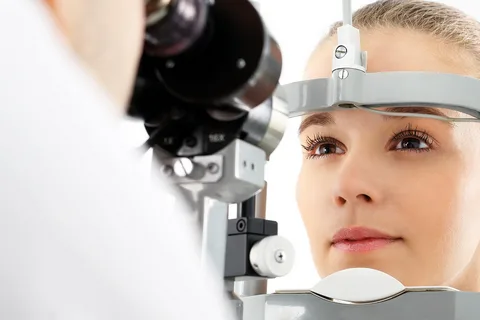
Last Words from The More Clinics
Refractive Lens Exchange (RLE) is a safe and effective method for correcting refractive errors, offering a permanent solution and the potential to eliminate the need for glasses or contact lenses.
At The More Clinics, we believe in providing top-notch eye care solutions that enhance your vision and improve your quality of life. With our comprehensive understanding of intraocular lenses (IOLs) and a commitment to personalized care, we’re here to guide you on your journey to clear and vibrant vision. Contact us today to schedule a free consultation and get your affordable refractive lens exchange cost!
GET A FREE CONSULTATION!
Let’s Start Planning Your Treatment %100 Guarantee Results.
